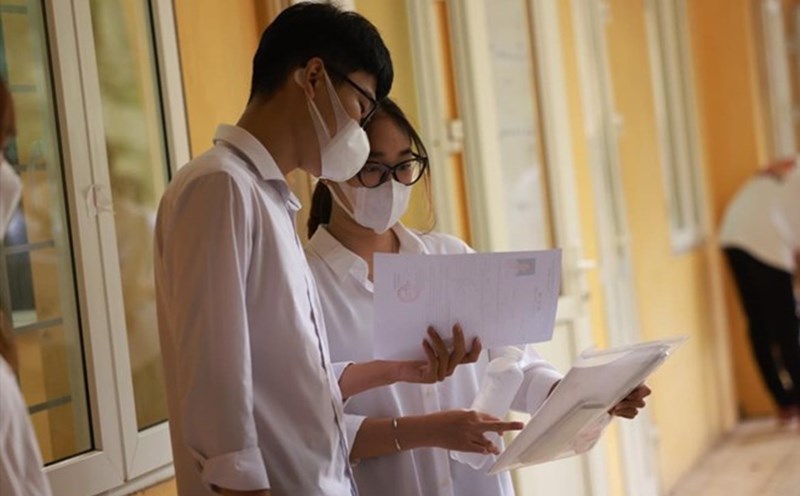Innovation in the form of the exam, especially in multiple-choice subjects such as adding correct/false forms and short answers, is considered a positive step to comprehensively measure learners' abilities.
But to truly promote efficiency, the more important thing is how students are best prepared and proactive in the new exam method.
Because if the new exam questions are still old in teaching, learning, and reviewing methods, it will create a large gap between expectations and reality. An innovative exam cannot start only from the exam structure, but must start from the learning and reviewing process.
Currently, many schools are making great efforts in organizing free review, students registering voluntarily and planning to organize testing... are positive signals that need to be noted. However, to ensure fairness and better, it is necessary to have unified, specific and earlier guidance from the management agency.
One of the notable new points this year is the organization of registration for the exam earlier and implementation online. This approach shows the initiative, transparency and modernization of the exam process.
However, for localities that are still in difficulty and in remote areas, this can still be a barrier if there is no timely technical support, communication and consultation from the school.
It is also important to emphasize that, with the exam in the direction of ability assessment, teachers must change their role from imparting knowledge to guiding students in thinking, synthesizing, and applying.
This is not something that can change in one day or two, requiring serious investment in training, raising standards and creating conditions for teachers to innovate their teaching.
The high school graduation exam is always a stressful exam and with the strong changes like this year, that pressure is even greater. The fact that schools proactively review, take free exams, and respect students' right to choose is a positive change that needs to continue to be promoted and replicated.
However, to reduce anxiety and improve efficiency, sharing information early, supporting students from registration to reviewing, and getting acquainted with exam questions still requires more synchronous intervention from the education sector.
A successful innovation exam cannot stop at the structure of the exam, but must be an innovative ecosystem, from teaching methods, learning methods to supporting and accompanying students.
When teachers, schools and the education sector join hands to create a positive learning environment, suitable for the new program, exam innovation will truly come into play, not just for formal innovation.














